So here we are, then. Some 60 years after visionary car designer and all-round Autocar hero Sir Alec Issigonis decided it would be a smart idea to mount a four-cylinder engine transversely at the nose of his new compact, fuel-efficient city car, photographer Luc Lacey and I find ourselves looking – somewhat apprehensively, I might add – at a verdant green example of that original car’s modern-day descendant.
The car in question is a Mini. Of course, it is. How could it be anything else? And this particular Mini isn’t just any old Mini, either: it’s the 10-millionth Mini built since the now defunct British Motor Corporation launched the genre-defining original in 1959. Specifically, it’s a limited-run 189bhp Cooper S 60 Years Edition, which seems rather convenient considering that it also happens to be the 10-millionth Mini. Did I mention it’s the 10-millionth Mini? It’s the 10-millionth Mini. Can you see the stickers on the car? Tough to miss, right?
Anyway, back in 1959, the Mini brand didn’t officially exist in its own right, BMC marketing Issigonis’s breakthrough model under its Austin and Morris brands as the Seven and Mini-Minor respectively. It has been known by a few different names since then, too, while the Mini brand itself has been passed from keeper to keeper before finally finding its current home at BMW in the late 1990s.
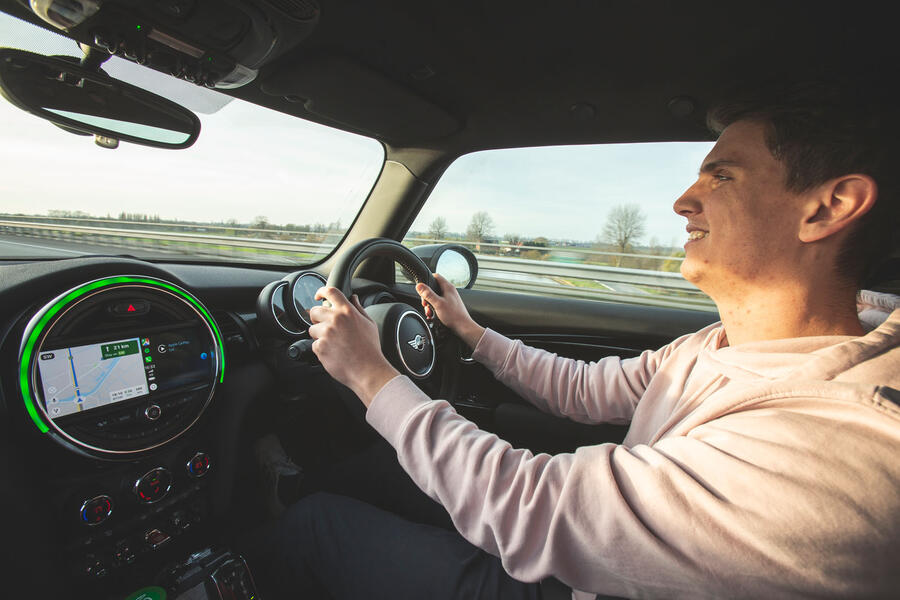
But the Mini story is one that’s been told 10 million times before. And Lacey and I haven’t arrived at Autocar’s south-west London road test base on what could be described, politely, as a ‘very cold’ November morning for a history lesson. No, our task is a different one. An epic European road trip. One that should – everything going to plan – provide a fitting tribute to what is a landmark car, from a landmark brand in a landmark year.


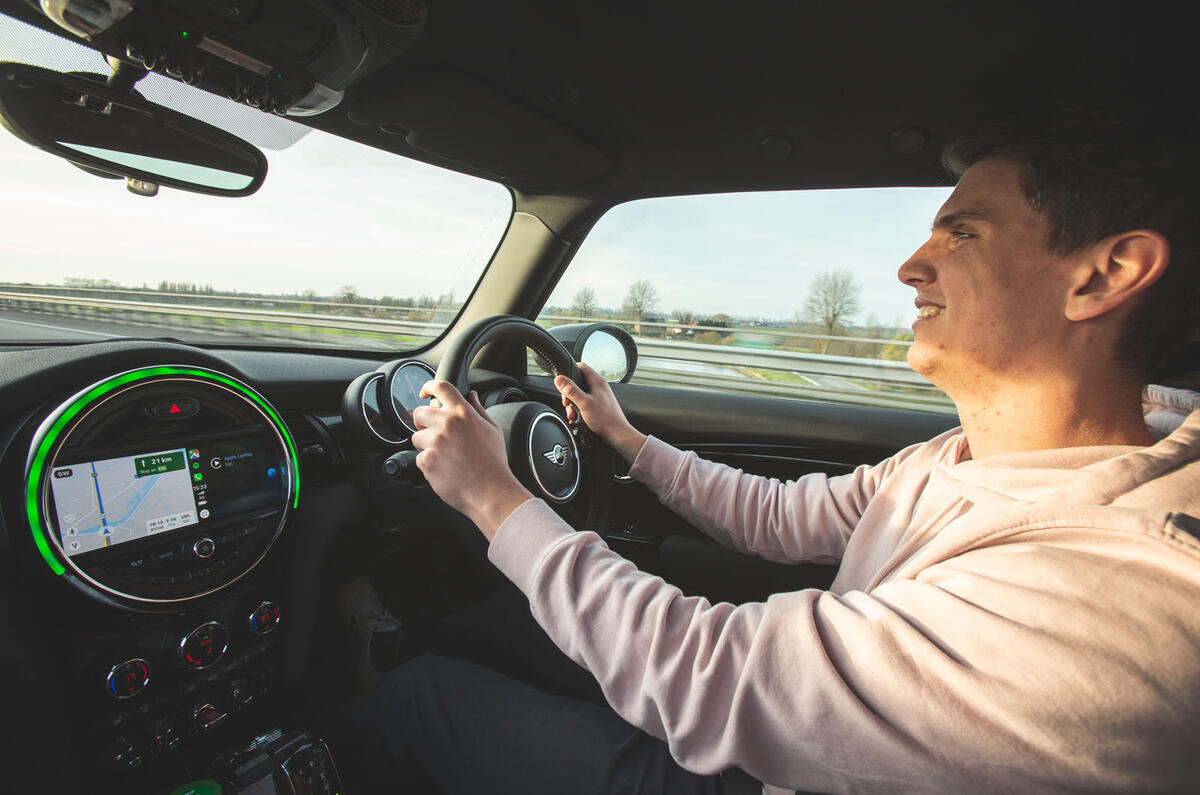
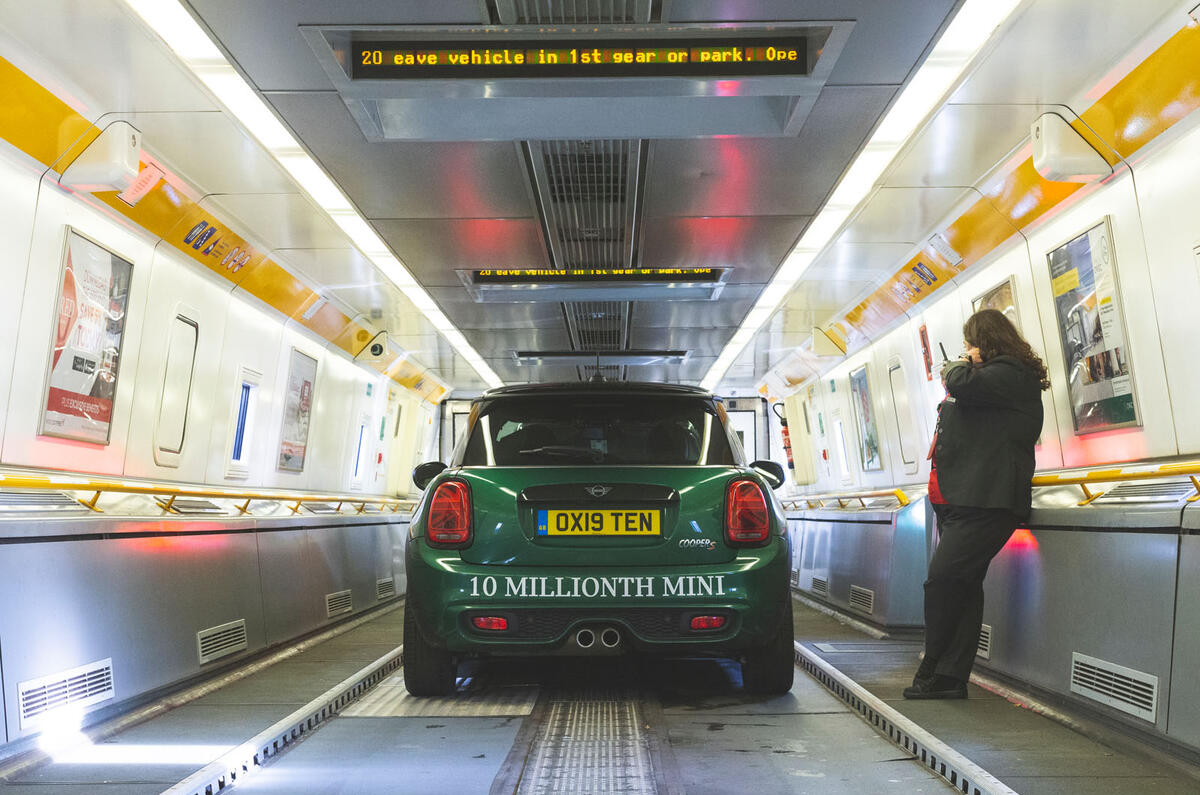
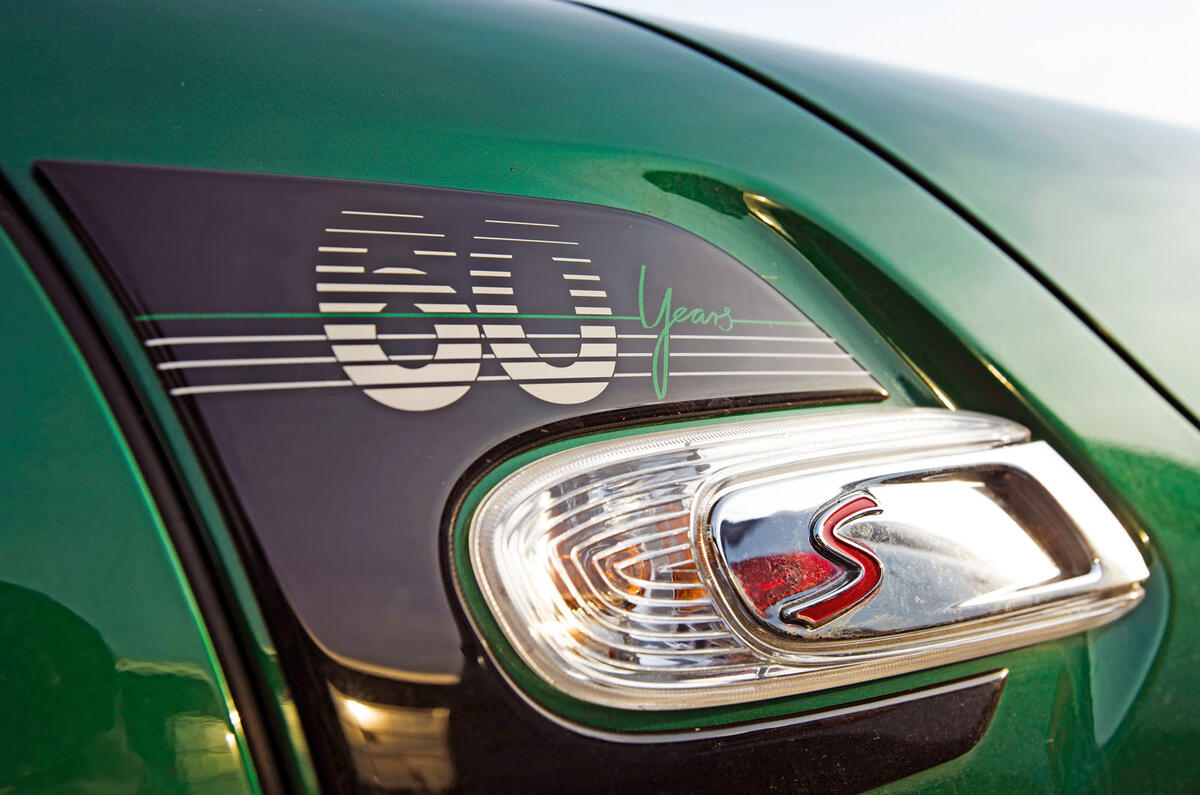
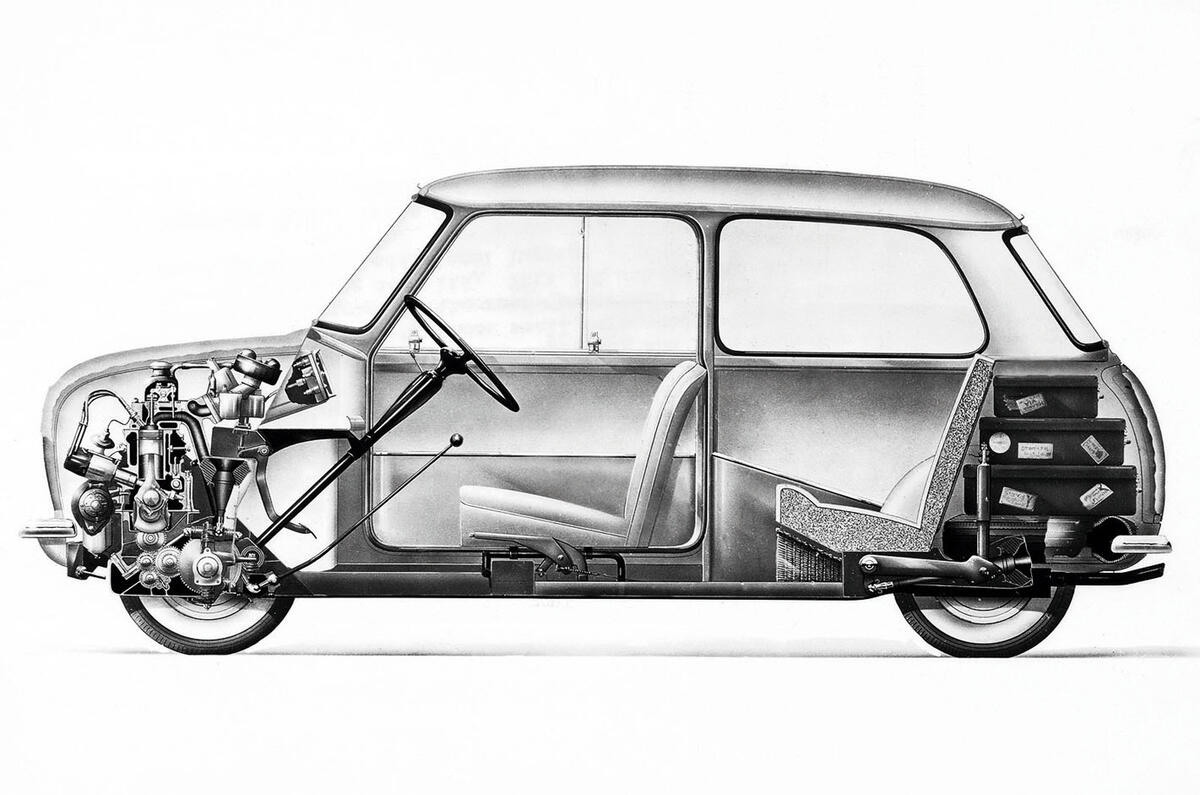
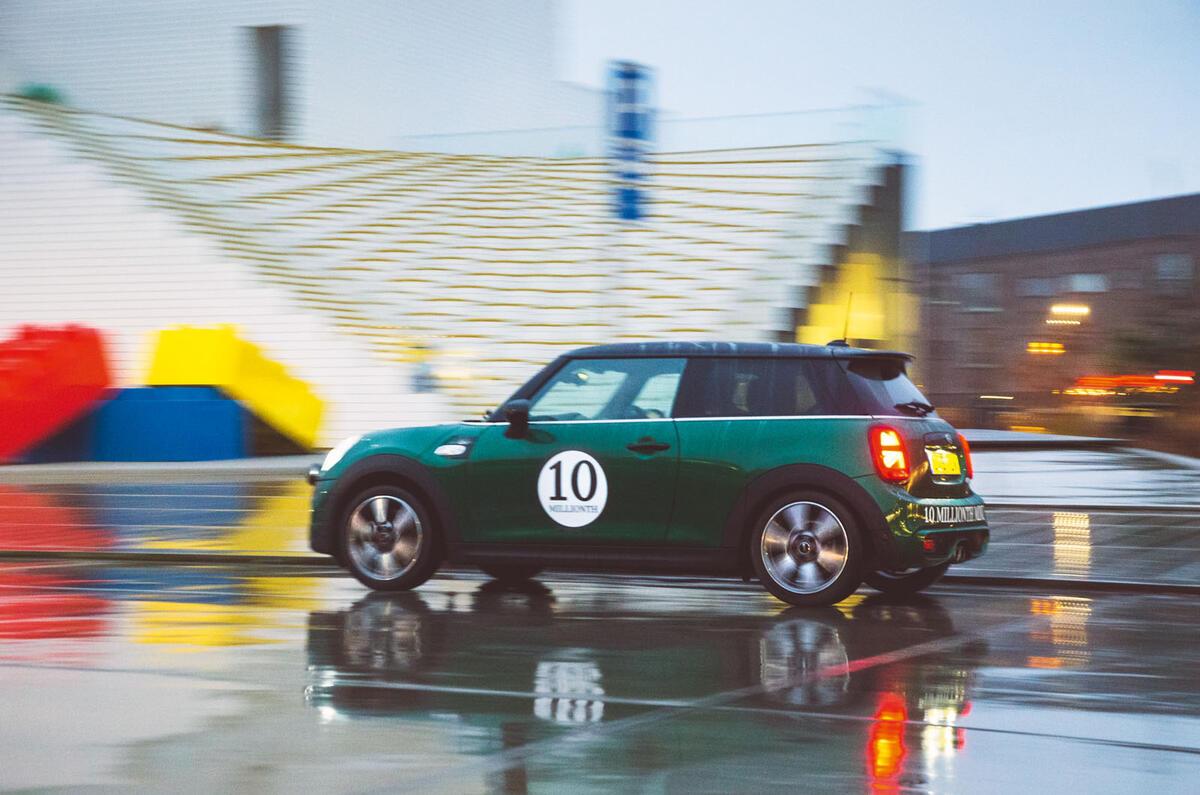
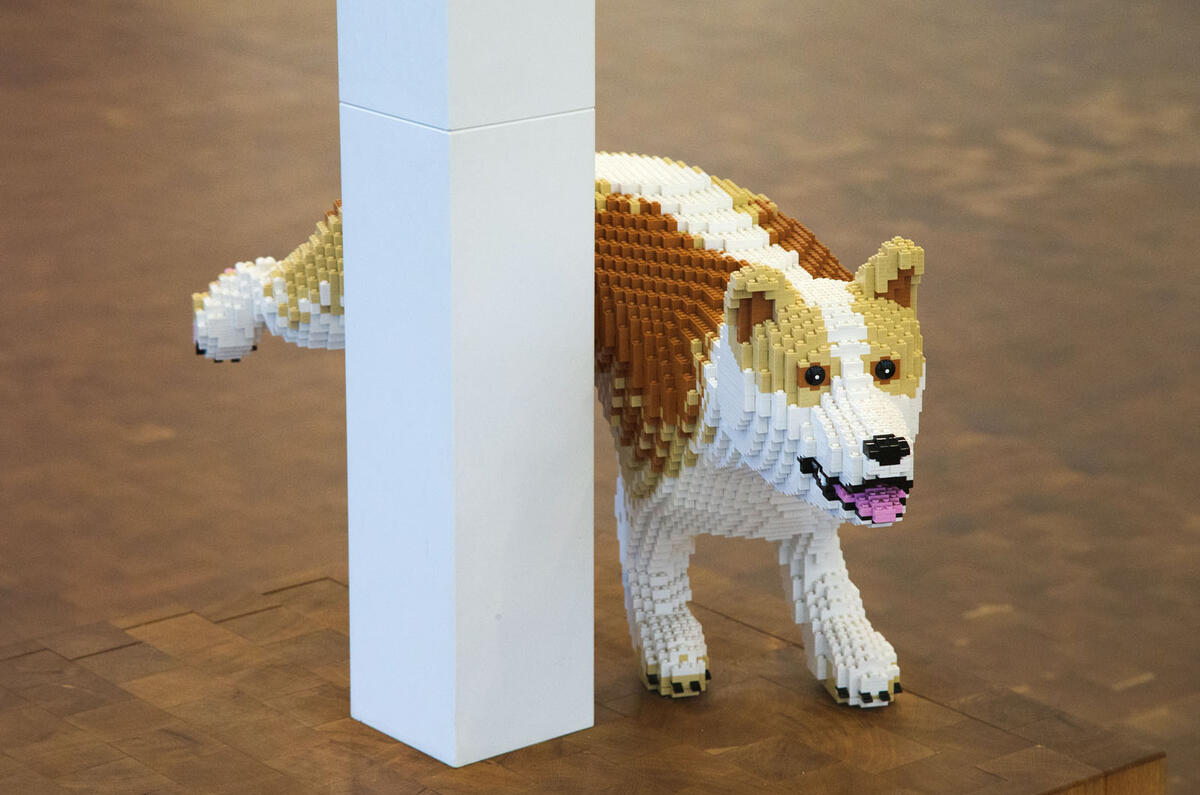
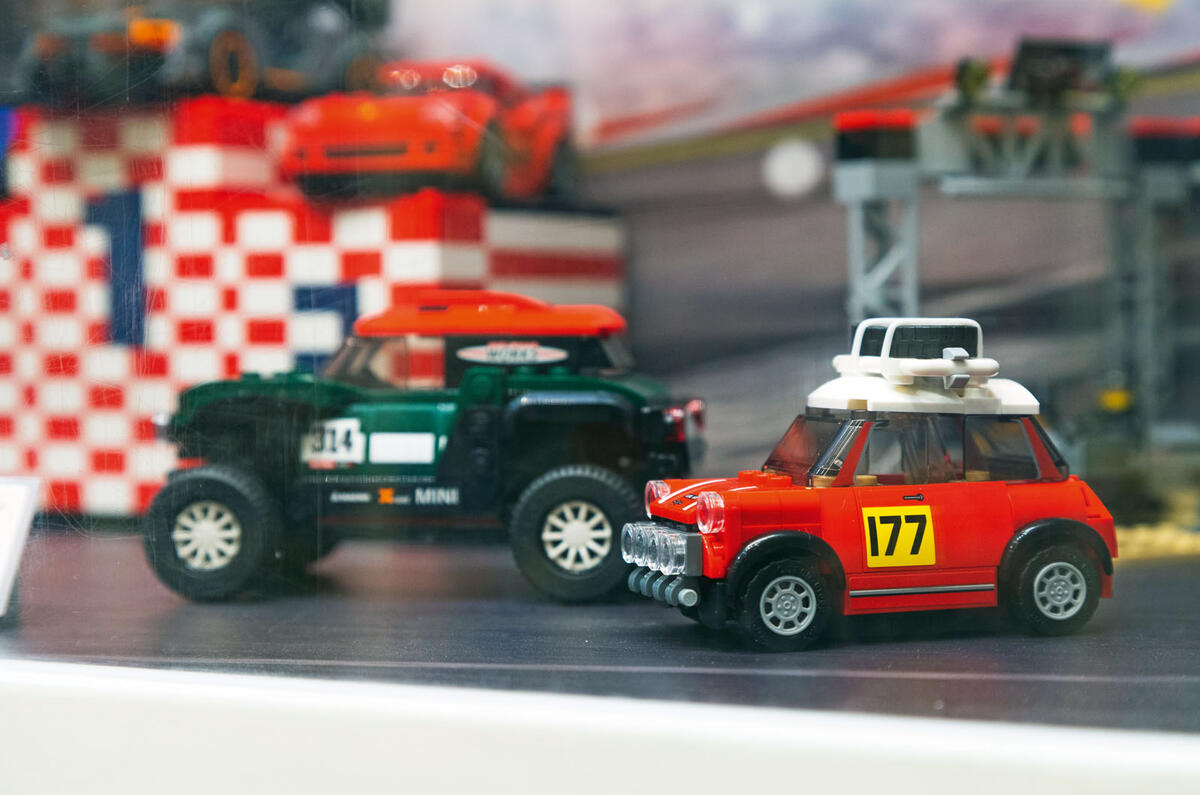

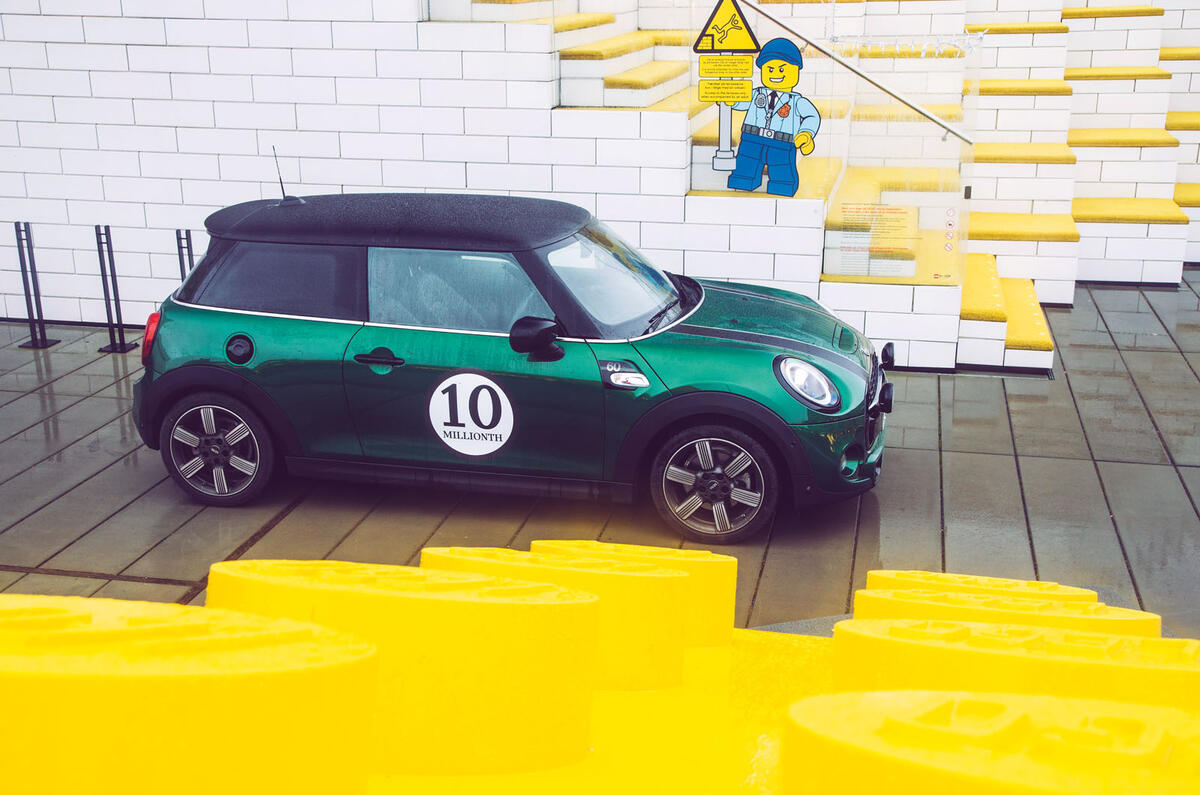


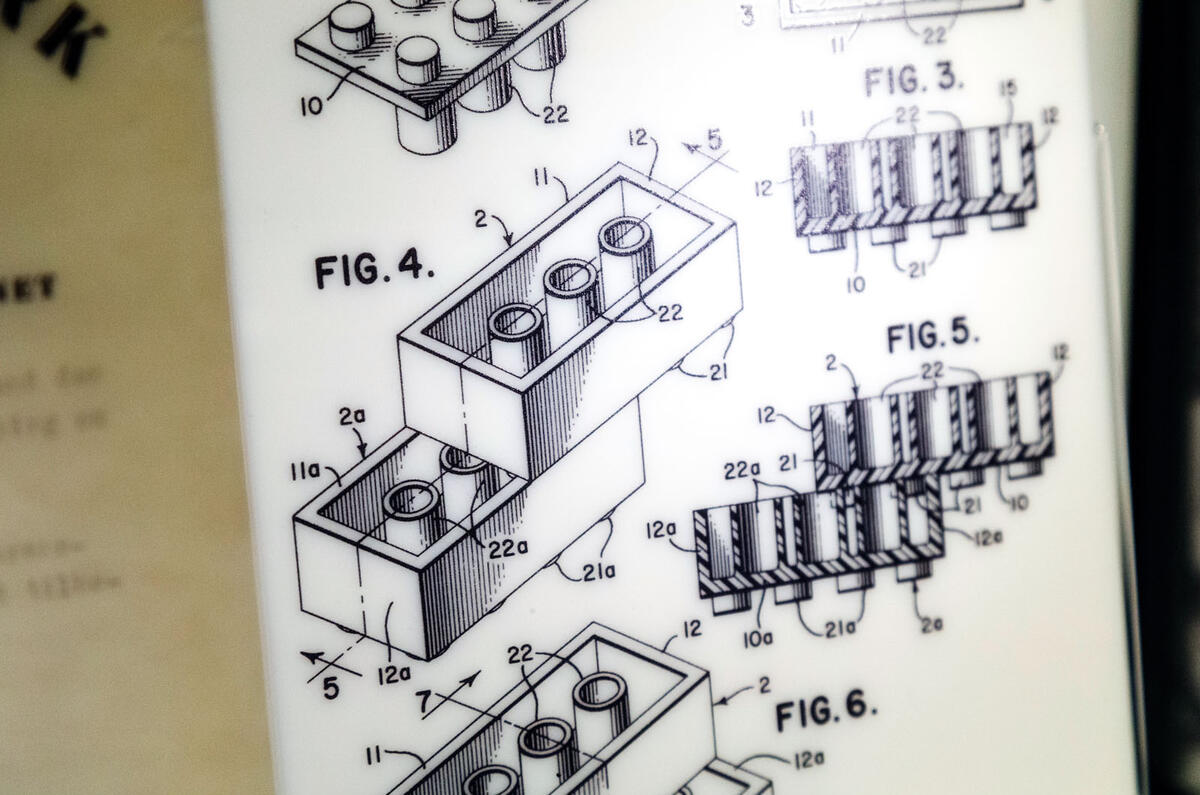
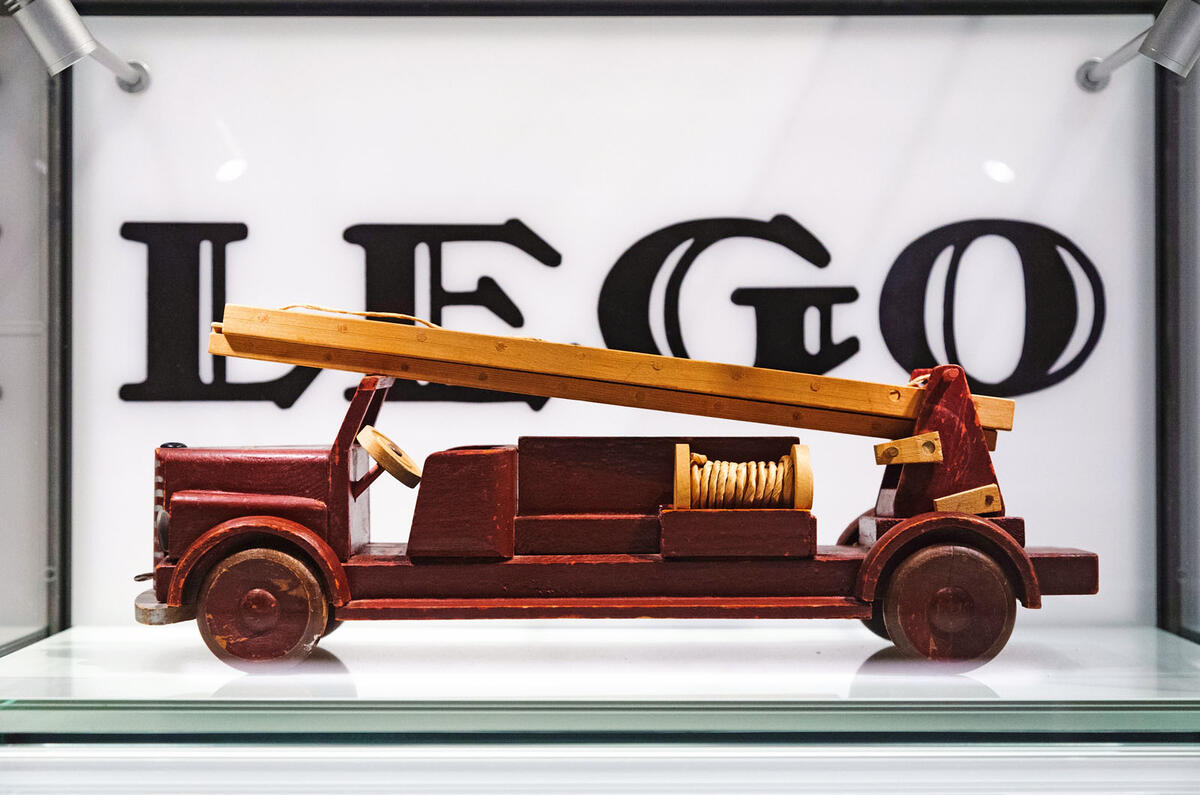

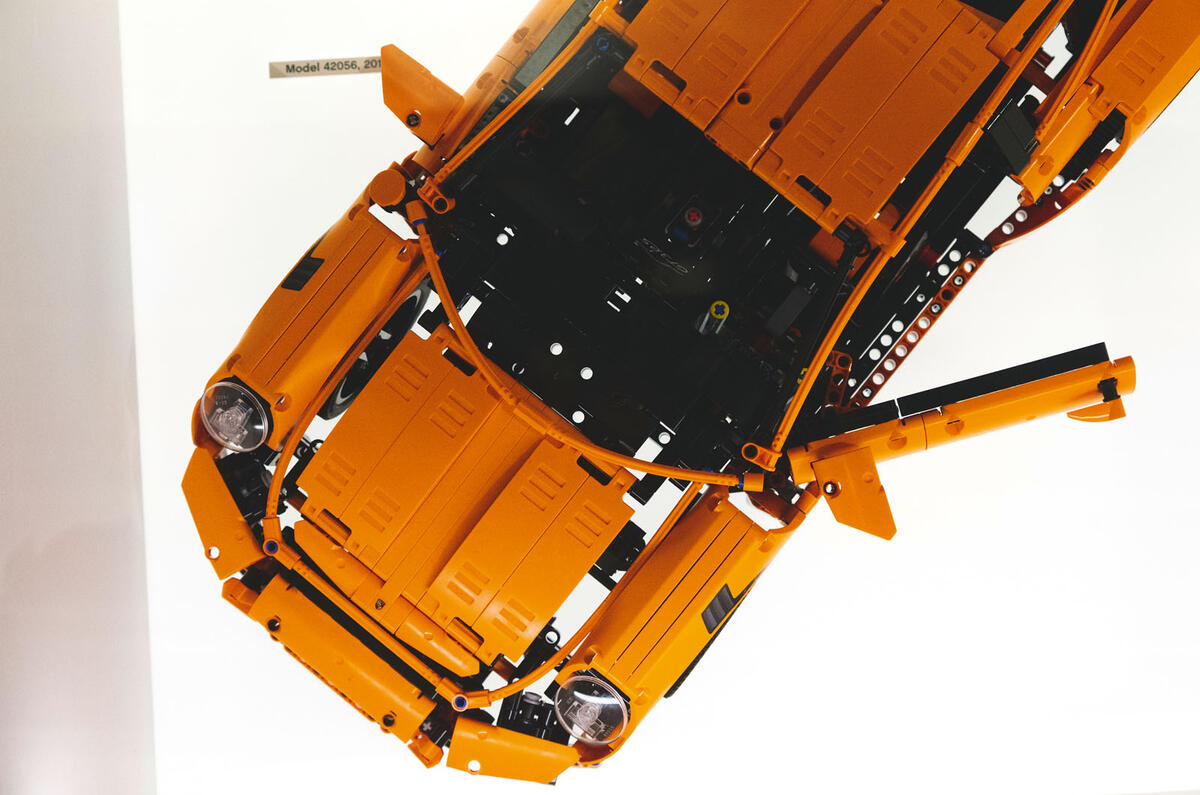

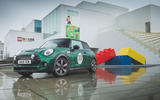

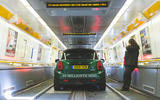
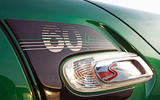

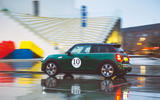
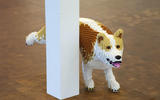
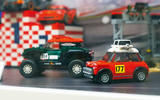

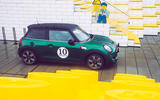
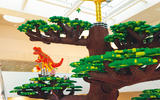
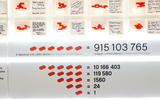
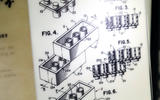

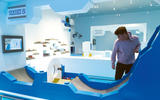
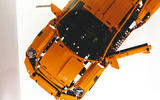


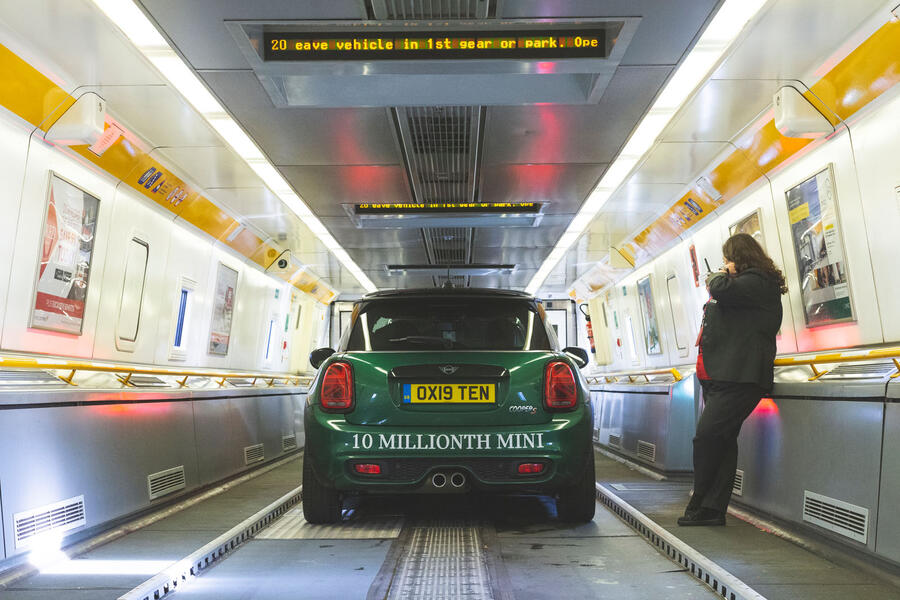
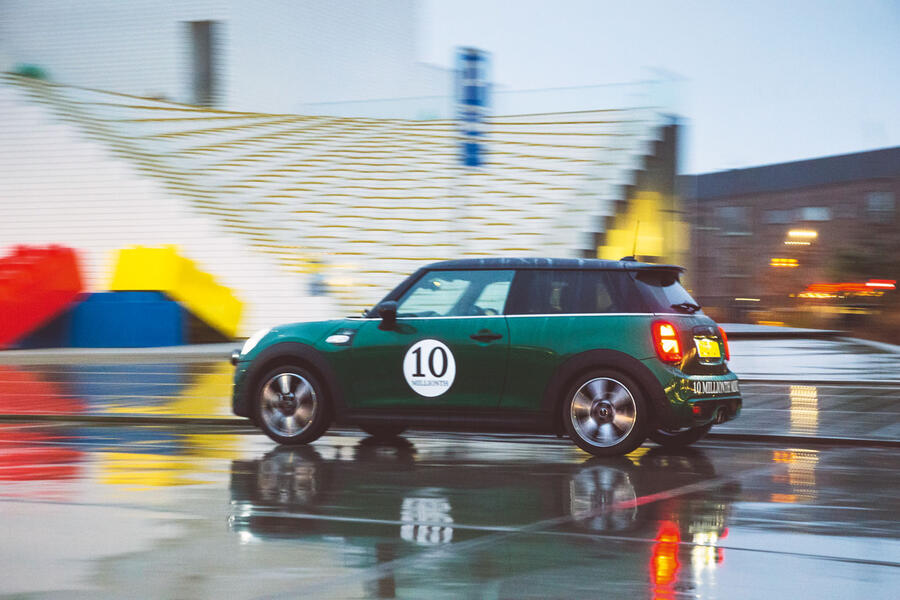
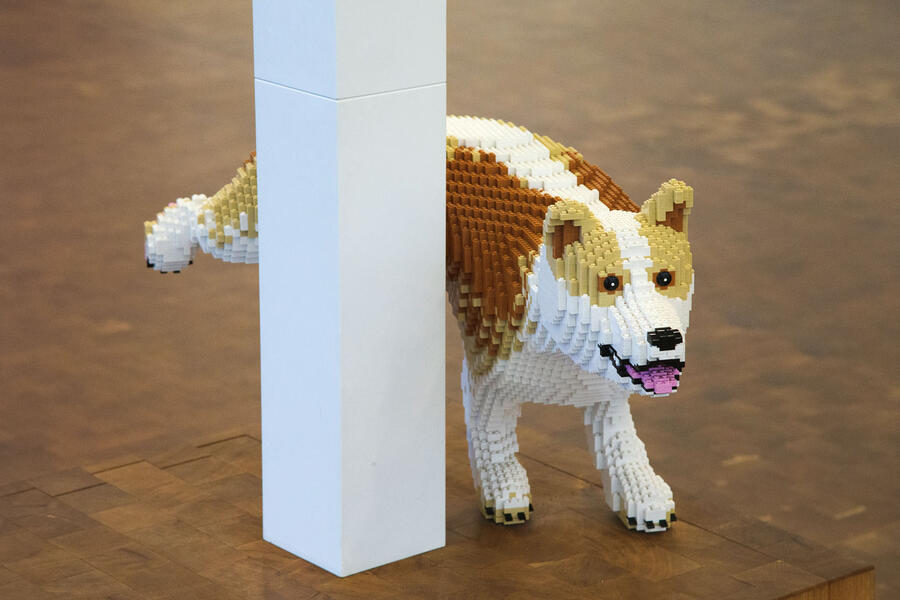

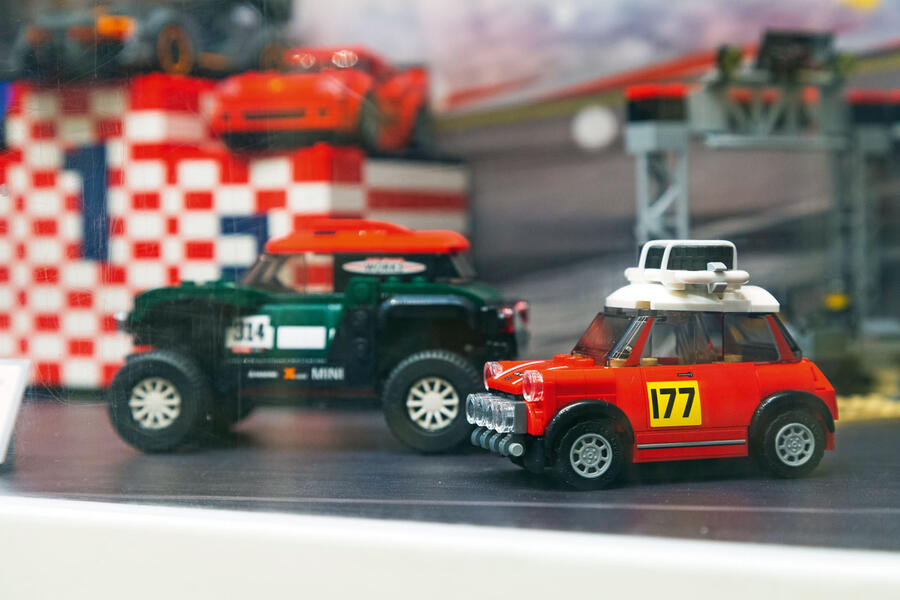

Join the debate
Add your comment
Mini fans are soo weird!
Except, according to my mini-mad friend, I have only ever owned one mini - Because the 1100 was a 1977 Clubman!
According to her, despite the Clubman having the same bodyshell, interior and mechanical parts, it's not a mini because of the flat front.
The box on wheels that was the mini traveller, and the pickup truck, despite having completely different bodyshells, ARE mini's, according to her, because they have the "proper mini front ends" (The Countryman should all be burnt apparently, due to the Clubman front end, and boxy bodyshell).
As for the new Mini - Her sister has one, and she refuses to step foot in it! (She can't except a '77 Clubman as real mini, so the new Mini stood no chance!). And she's not alone - Many mini fans feel the exact same way.
She loves mini's, which is great, but then she say's she cannot understand why I love Ferrari's, as, in her words: "They're nothing special" - WHAT?!!!!
The good thing is, BMW don't take the whole "old mini/new Mini" thing so seriously, and like it or loathe it, they have made the Mini a huge success as transport for every class of people, and every walk of life - And that is something both the old mini and the new Mini do have in common!
Not a True Mini
Just because it uses the mini name doesn't make it a real Mini. This monstrosity bear only a passing resemblance to one. The current car is to bloated and has worse handling and passenger space than the original.
Carmad3 wrote:
I don't think BMW ever made any secret that MINI is now a brand, which references the original, rather than ever being any sort of replacement for that car. I love Minis, I grew up working on them (a lot) and driving them, I have a 1985 Mini 1000 which is fantastic, but I'm not blind to its faults and limitations. I also have a 2013 MINI, which I love too. Of course its bigger and heavier, but it still has a 'flavour' of the original in its looks and the enjoyable way it drives. It does everything I want it to do, and on todays idiot filled roads I feel much safer in it than I do in its 1985 distant relative.
So.....this isnt the 10 millionth Mini.....
....... is it?!
The current 'Mini' has absolutely nothing to do with the original Mini - other than the use of its name.
Since it is stated that there was just under 5.4 million real Mini's built, this isnt even the 5 millionth.
A BMW stunt playing fast and loose with automotive history again.
Quite right
Could not agree more